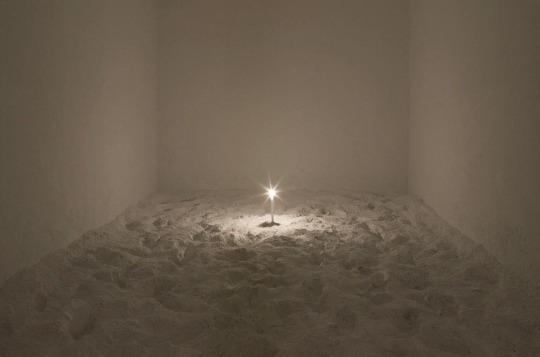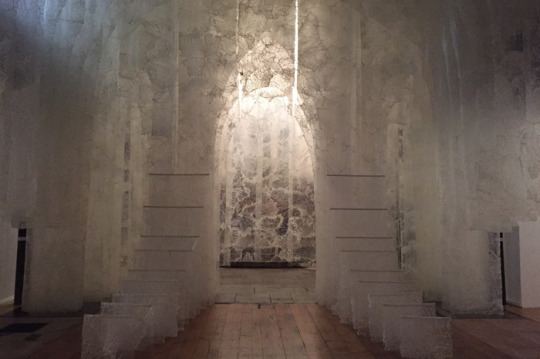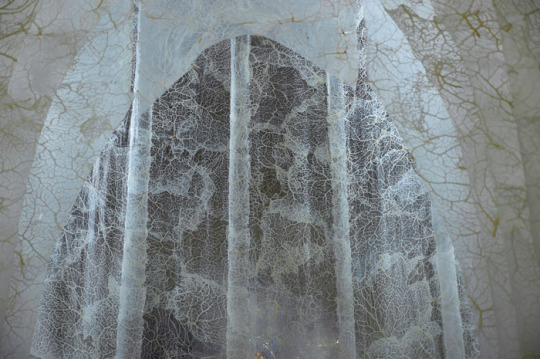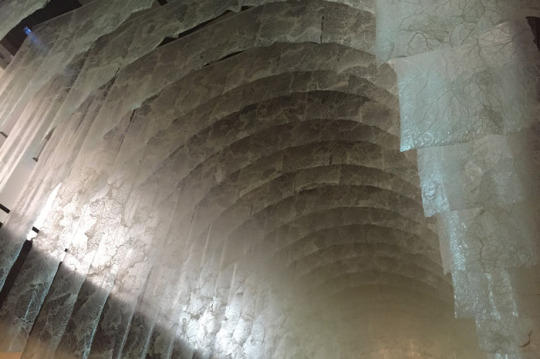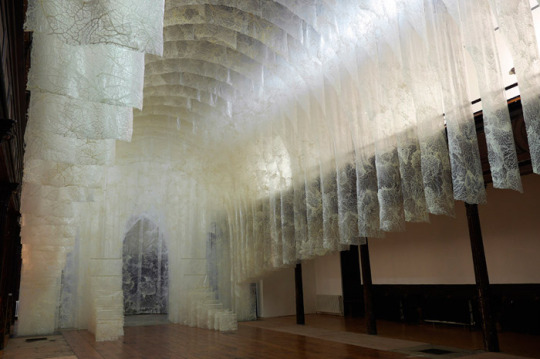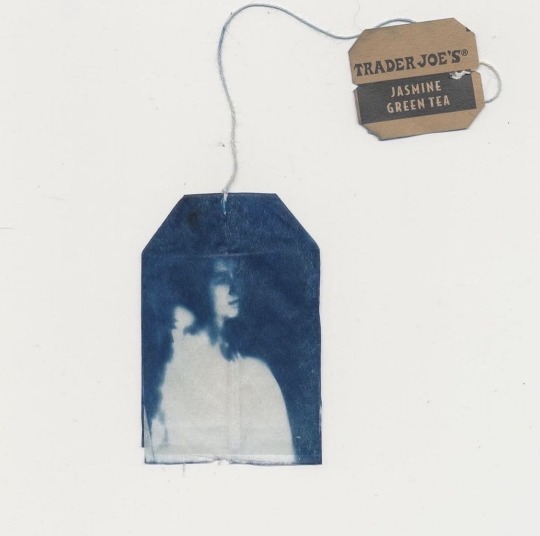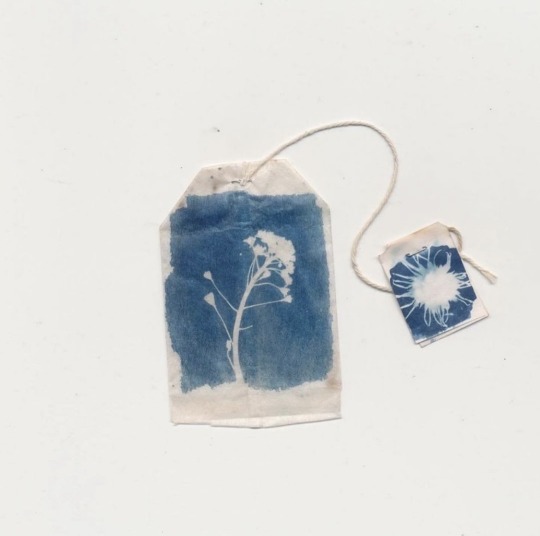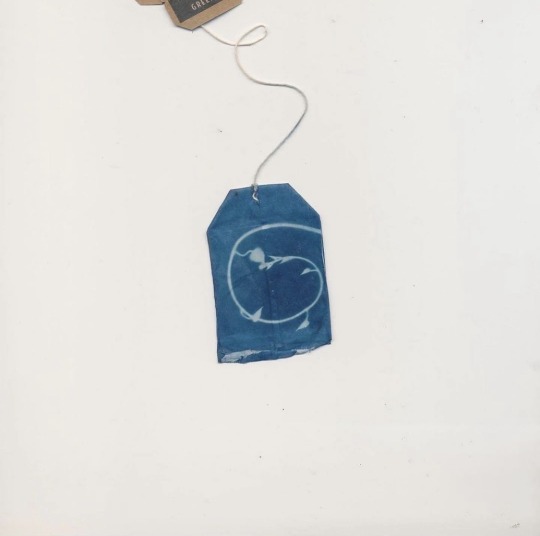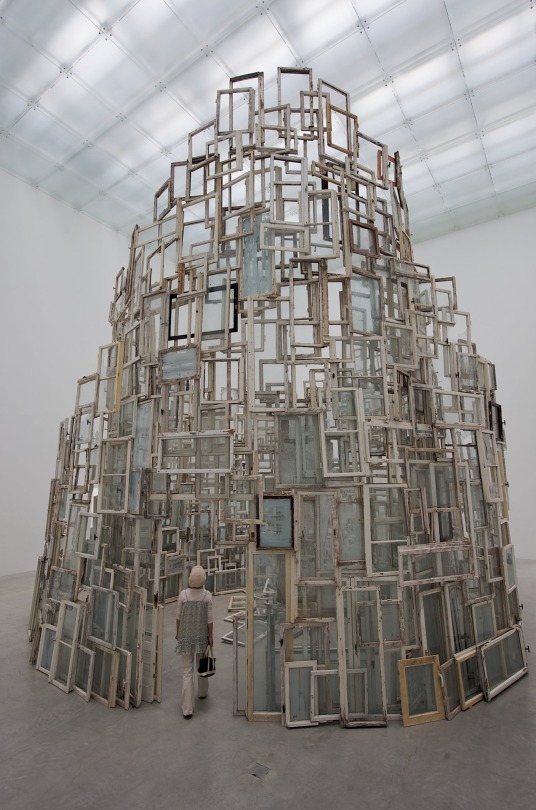Photo


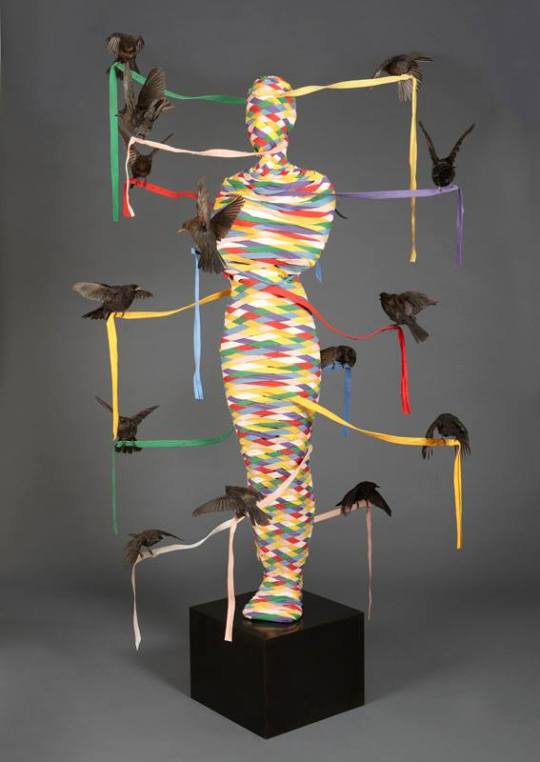



MORNING!
MYOCARDIAL INFARCTION
CLAUSTROPHRENIA
CARNEVALE
ATRIAL FLUTTER
BLACK FEVER
POLLY MORGAN
2K notes
·
View notes
Text
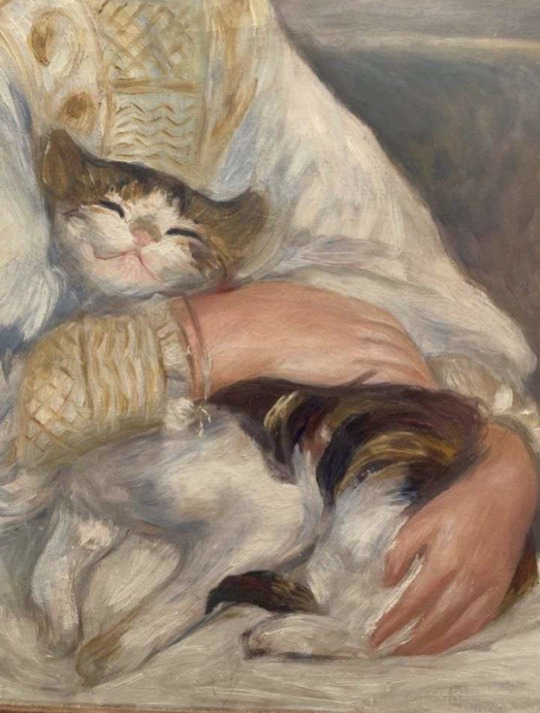
the cat with julie manet, 1887, pierre-auguste renoir.
274 notes
·
View notes
Text
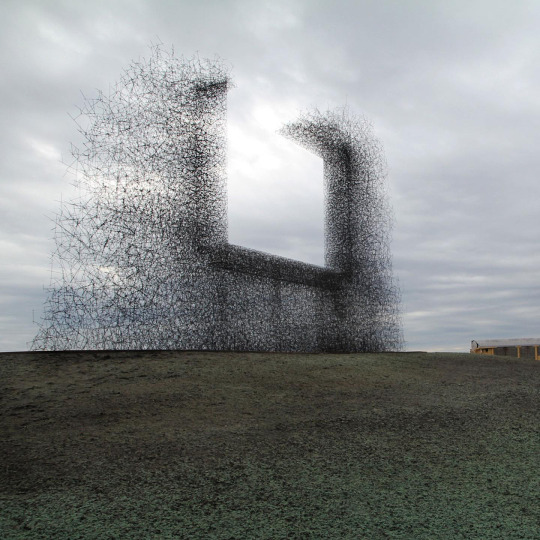

NON SIGN II is a billboard created in 2010 by Lead Pencil Studio and is located near the Canada-US border in Washington. It consists of thousands of stainless steel rods.
11K notes
·
View notes
Text
Artist “Draws” Stunning Portraits by Steadily Cracking Glass
by Jessica Stewart - My Modern Met, April 10, 2024

While most of us take care not to break glass, artist Simon Berger has made a career out of doing just that. By carefully hammering pieces of glass, he uses this fragile material like a sheet of paper for his incredibly life-like portraits.
Berger began using this technique in 2016 and, over the years, has perfected his ability to harness the spidering fractures of glass to suit his needs. Using safety glass and a hammer, he's been able to revolutionize the way we think about portraiture. And while his glass portraits are exceptional on their own, he's begun pushing himself even further in recent years.
By grouping multiple glass panes and spreading the portraits across them, Berger's work has taken on new life. In one installation, artfully placed glass cubes provide the canvas for a three-dimensional portrait of a lion. In another, multiple portraits are mixed with skulls in a commentary on the cycle of life.
As he continues to refine his art, Berger hopes to show people the endless artistic possibilities that glass provides and that the medium isn't strictly for sculptural work.
“Using glass as my primary material has allowed me to combine using force to create an artwork while exploring a material whose potential has not been exhausted yet,” he tells My Modern Met. “Glass has a century-long history of being used in art, but its presence in contemporary art is continuously developing.
“Broken glass usually has a negative connotation, and through my art, I hope to inspire people to look past first impressions and discover new fascinating aspects.”
The artist adds, “The interplay of transparency and opacity of the material allows for ways of looking and seeing, and the manifold and unexhausted potential that I still can discover is what drives me to continue working with glass.”
Scroll down to see more of Berger's fascinating glass art, and follow him on Instagram to keep up with his work.










Simon Berger: Website | Instagram
15 notes
·
View notes
Photo

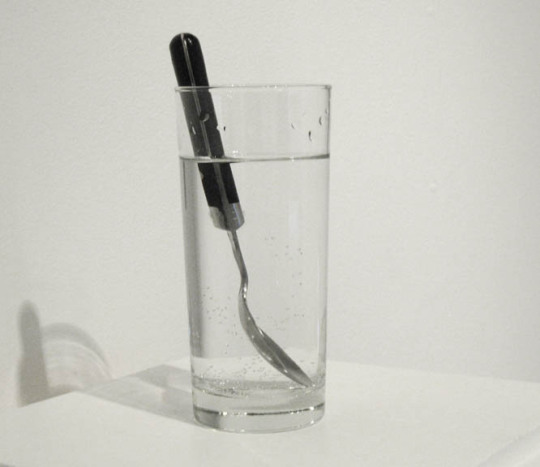
Zilvinas Kempinas artist from Lithuania (Via Yvon Lambert Gallery)
Contemporary-Art-Blog
12K notes
·
View notes
Text


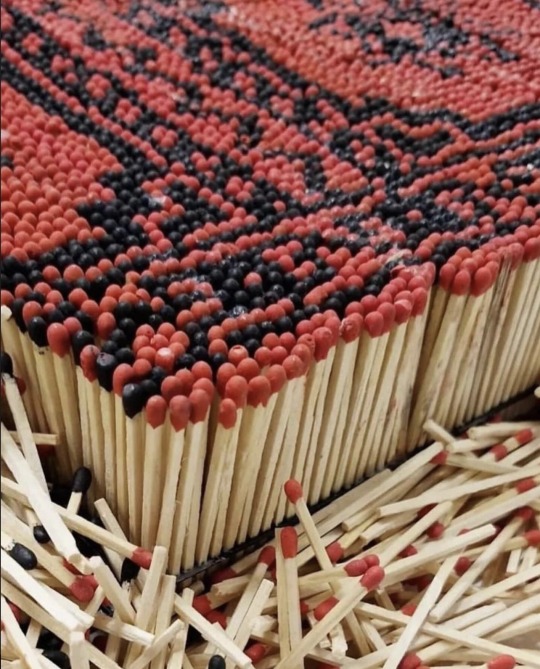

Hadi Rahnaward: 'Fragile Balance' (2023) rug sculpture created with matches
44K notes
·
View notes
Photo

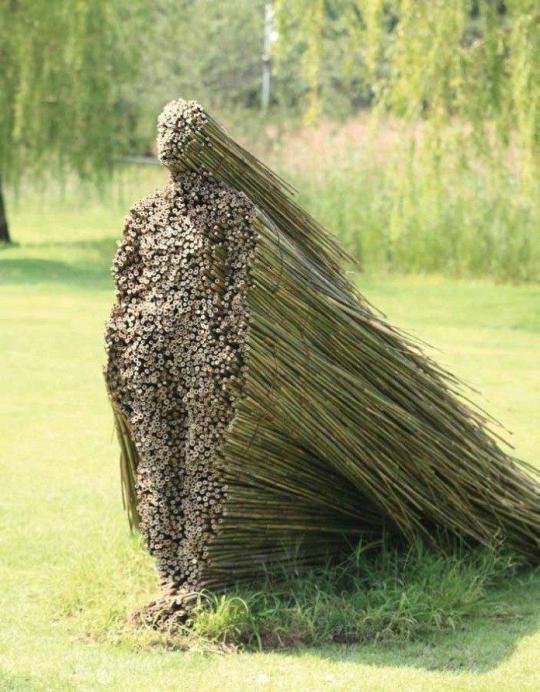
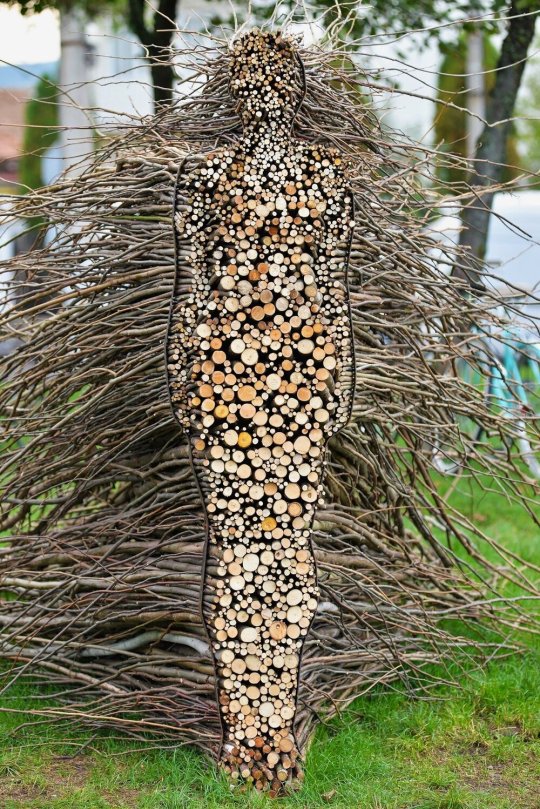
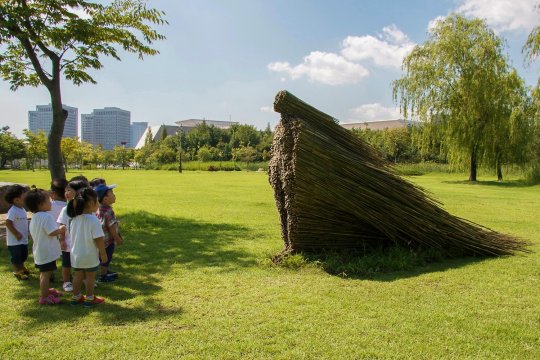
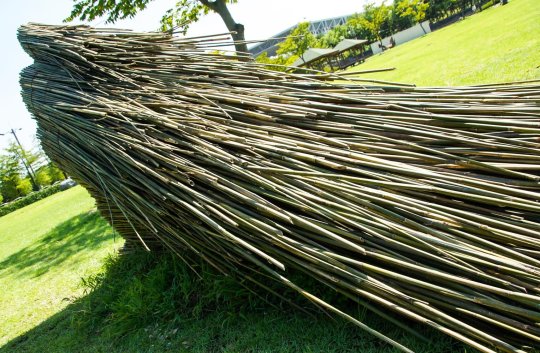
Biological structures
by Olga Ziemska
“Returning meaning back to nature.
Making the human body a part of the whole, not the whole part.”
(Her website)
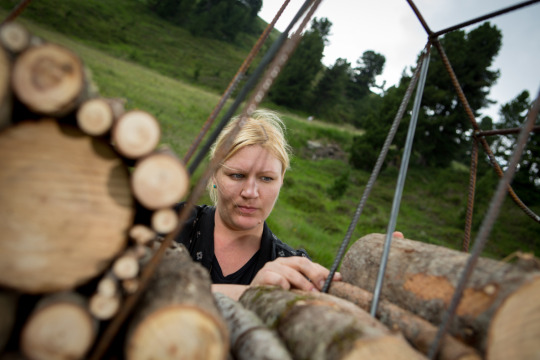
257 notes
·
View notes
Text

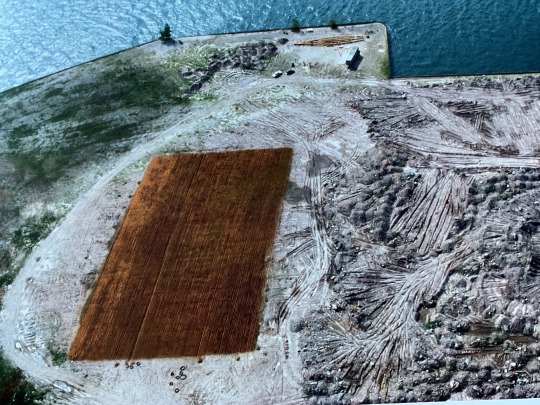
A Hungarian-born American artist, Agnes Denes (b. 1931) is a pioneer in environmental, ecological, and conceptual art. Her family survived the Nazi occupation in WWII and migrated to Sweden before settling in the United States.
In 1982, Denes planted a 2-acre wheatfield on a landfill in Manhattan two blocks away from the Wall Street and the World Trade Center. Against the backdrop of Wall Street, this golden wheatfield stood for four months and mesmerized many New Yorkers. Denes said in regard to this work, “… the work had to have a meaning, a strong message, and, of course, the paradox. … the work turned out to be one block from Wall Street, facing the Statue of Liberty, for which this country stands, in the middle of traffic in a bustling city. A large golden field of grain on land meant for the rich, on expensive real estate.” (From an interview with Ulrich Obrist)
Today, more than forty years after she created this monumental work entitled “Wheatfield – A Confrontation: Battery Park Landfill, Downtown Manhattan,” her vision touches even more deeply given the ever-increasing degradation of our environment, the ongoing mismanagement of land and food systems, and the widening divide between the poor and the wealthy—all the result of corporate capitalism, as well as geopolitical control of resources.
Denes said that this work represented “food, energy, commerce, world trade, economics” and referred to “mismanagement, waste, world hunger.” She also said, “My decision to plant a wheatfield in Manhattan, instead of designing just another public sculpture, grew out of the longstanding concern and need to call attention to our misplaced priorities and deteriorating human values.”
At the age of 88, Denes finally had her retrospective at the Shed in New York in 2019. This publication presents more than 130 works from the exhibition, spanning the artist’s entire 50-year career.
Agnes Denes : absolutes and intermediates
New York, NY : The Shed, [2019]
English
Catalog of an exhibition held at The Shed, October 9, 2019-January 19, 2020.
HOLLIS number: 99153868498803941
108 notes
·
View notes
Text
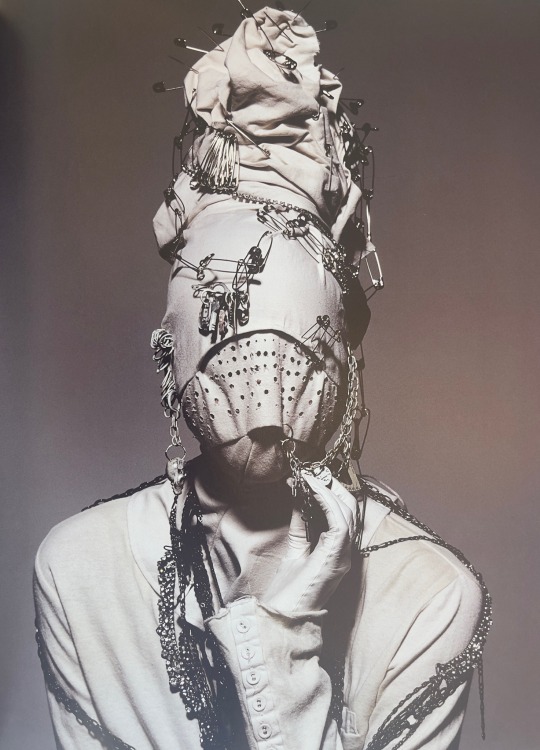
Undercover autumn/winter 2006 Irving Penn for Vogue, September ‘06
933 notes
·
View notes
Photo
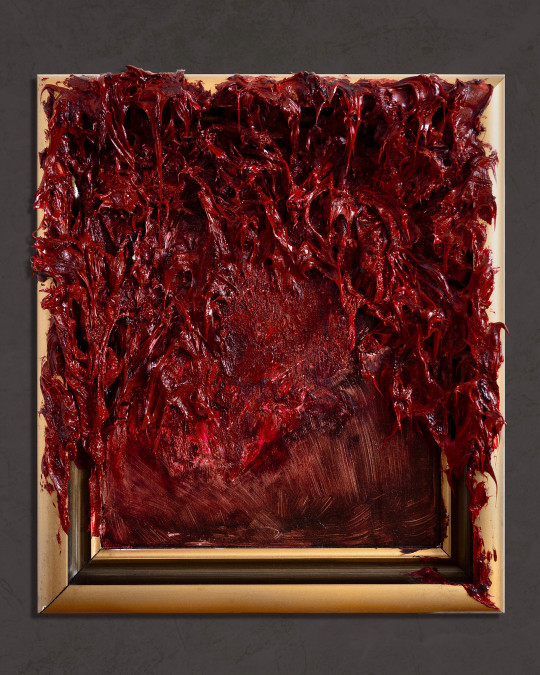
Kim Jakobsson, Harbinger
Oil painting
Many thanks to @amourduloup to sending me this artist!
https://kimjakobssonart.com/
2K notes
·
View notes
Photo


Embroidered insoles are a traditional Chinese folk craft made of thin cloth layers stitched together from fabric pieces. Still popular mostly in rural areas, insoles are handmade and are today mainly keepsakes or gifts made for loved ones as objects that bring good fortune and safety to those who wear them.
Source: National Art Museum of China- 1, 2
586 notes
·
View notes
